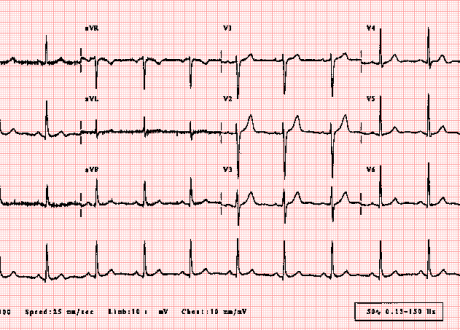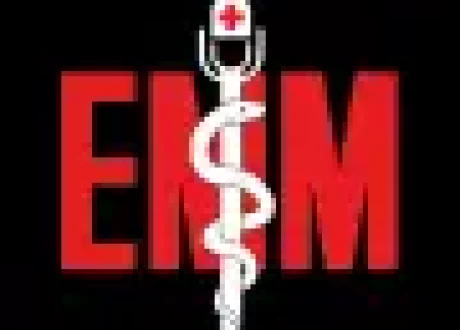Abstract 
Abstract: Thoracic trauma occurs in approximately 25% of all traumas, and one third of these patients will present with a pneumothorax, hemothorax, or a combination of the two. Hemodynamically abnormal patients require expeditious tube thoracostomy drainage, while the decision to intervene on a hemodynamically normal patient is guided by radiographic imaging. Ultrasonography, chest x-ray, and computed tomography (CT) scans are the most common imaging modalities for traumatic thoracic pathologies. A pneumothorax greater than 20% of the thoracic volume on chest x-ray or greater than 35 mm on CT, measured radially from the chest wall to the lung parenchyma, should be treated with tube thoracostomy. Pneumothoraces smaller than this may be observed; approximately 10% of these will fail observation and require tube thoracostomy treatment. Hemothorax size may be measured using the Mergo formula on a chest CT scan. It is recommended that a hemothorax larger than 300 mL should be drained. Irrigation with warm sterile saline upon placement of a thoracostomy tube has been shown to decrease the rate of secondary interventions, such as additional tube thoracostomies, or surgical intervention. Antibiotic administration prior to tube thoracostomy is recommended. This review article discusses the diagnosis, management, and complications of pneumothoraces and hemothoraces and their treatment.
Level of evidence: Review; Level II.









